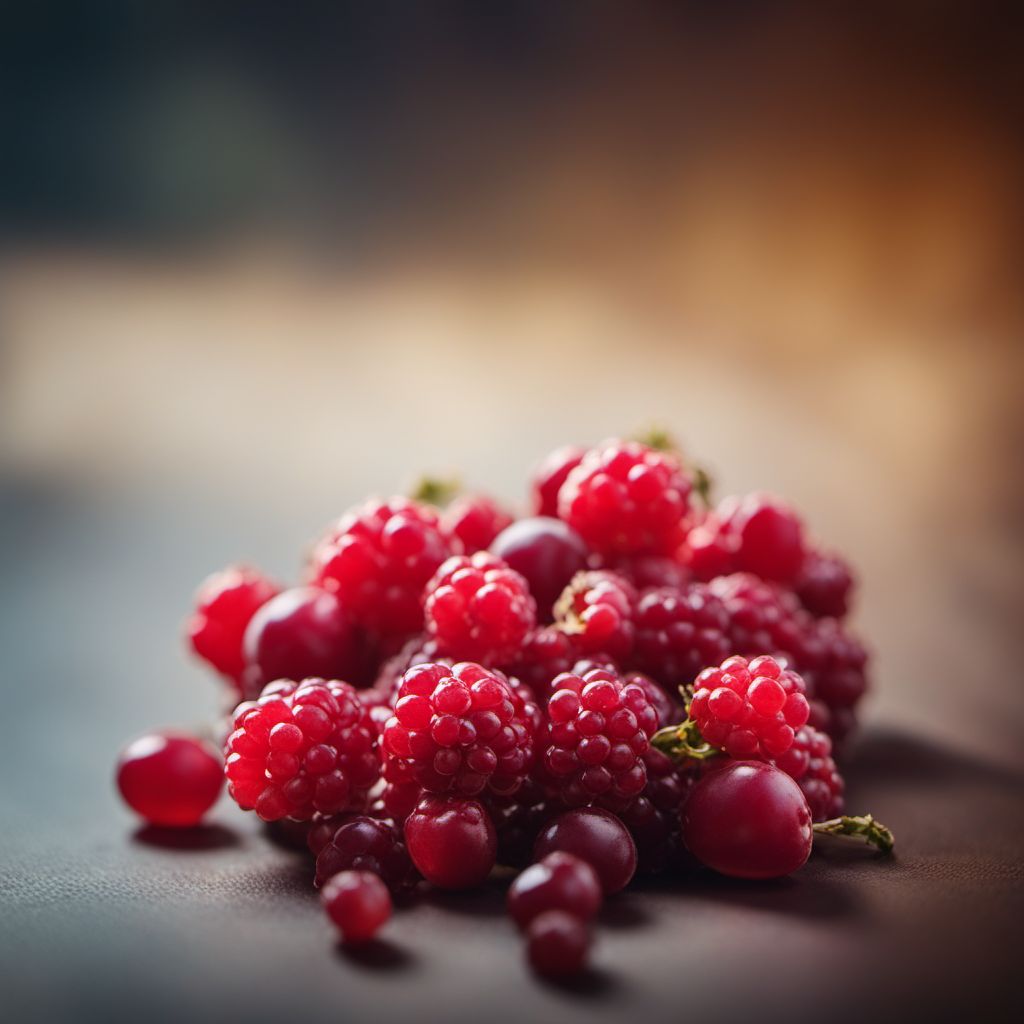
Ingredient
Huckleberries
The Wild Delicacy: Unveiling the Enchanting World of Huckleberries
Huckleberries are small, round berries that range in color from deep purple to black. They have a slightly tart and sweet flavor, with hints of earthiness and a subtle floral aroma. The texture of huckleberries is delicate and juicy, similar to that of blueberries. These berries are known for their vibrant color and are often used in both sweet and savory dishes, adding a burst of flavor and visual appeal.
Origins and history
Huckleberries are native to North America and have a rich history in Indigenous cultures. They have been foraged and enjoyed for centuries, with various tribes incorporating them into traditional dishes and medicinal remedies. Huckleberries were also a staple food for early settlers in the Pacific Northwest, who used them in pies, jams, and preserves.
Nutritional information
Huckleberries are a nutritional powerhouse, packed with antioxidants, vitamins, and minerals. They are low in calories and fat, while being a good source of dietary fiber and vitamin C.
Allergens
Huckleberries are generally considered safe and do not pose common allergenic risks. However, individuals with known allergies to berries should exercise caution.
How to select
When selecting huckleberries, look for plump, firm berries with a deep color. Avoid berries that are soft, mushy, or have signs of mold. Fresh huckleberries should have a sweet aroma and should not have any blemishes or discoloration.
Storage recommendations
To maintain the freshness and quality of huckleberries, store them in a breathable container in the refrigerator. They can last for up to a week when stored properly. For longer-term storage, huckleberries can be frozen in airtight containers or preserved as jams and jellies.
How to produce
Huckleberries are typically found growing in the wild and can be challenging to cultivate. However, if you have suitable acidic soil and the right climate, you can try growing huckleberries from seeds or transplants. It is recommended to consult with local gardening experts or nurseries for specific guidance.
Preparation tips
Huckleberries can be enjoyed fresh, added to baked goods like pies, muffins, and pancakes, or used in sauces and syrups. They can also be incorporated into savory dishes such as salads or paired with game meats. When using huckleberries in recipes, it is important to gently rinse them before use and handle them with care to avoid crushing or damaging the delicate berries.
Substitutions
Blueberries can be used as a suitable substitute for huckleberries, as they share a similar flavor profile and texture.
Culinary uses
Huckleberries are commonly used in desserts such as pies, tarts, and ice creams. They can also be used in jams, sauces, and syrups to accompany savory dishes or enhance the flavor of beverages.
Availability
Huckleberries are primarily found in the wild and are commonly available in regions of North America, particularly in the Pacific Northwest, including states like Oregon, Washington, Idaho, and Montana.
More ingredients from this category » Browse all
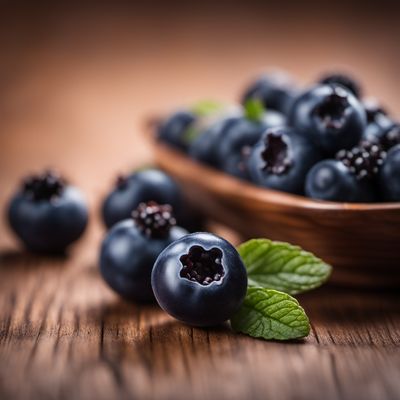
Blueberries
Bursting with Antioxidant Power: The Vibrant World of Blueberries
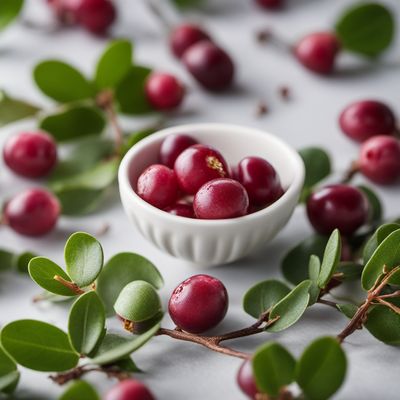
Bearberries
The Wild Berry Wonder

Aronia berries
The Mighty Antioxidant Powerhouse
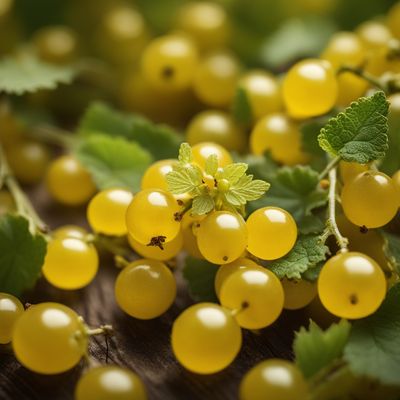
Golden currant
The Fragrant Spice of Delight

Ugniberries
The Enigmatic Delight: Unveiling the Secrets of Ugniberries

Bilberries (generic)
The Secret Superfood: Unveiling the Power of Bilberries

Salal
The Wild Berry: Salal

European barberries
Tangy Gems: Exploring the Delights of European Barberries
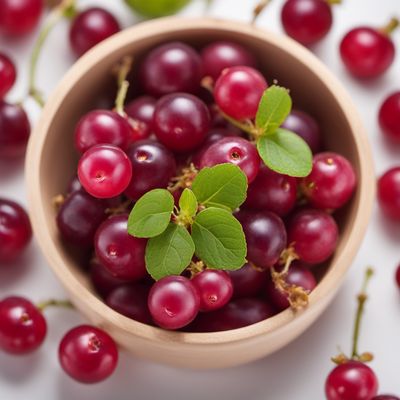
Other species and hybrids of genera Ribes and Vaccinium, not elsewhere mentioned
Exotic Berry Medley
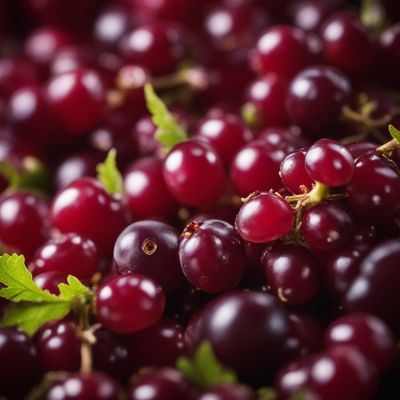
Native currant
The Indigenous Jewel

Jostaberries
The Tangy Delight: Unveiling the Secrets of Jostaberries

Sea buckthorns
The Tangy Treasure of the North
Recipes using Huckleberries

Rocky Mountain Chocolate Babka
Decadent Rocky Mountain Chocolate Babka: A Sweet Treat from the Mountains
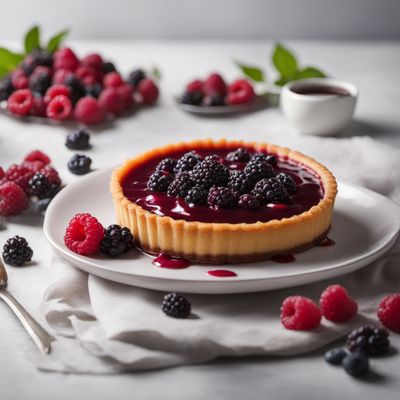
Tlingit-inspired Wild Berry Flan
Wild Berry Delight: A Tlingit Twist on Flan
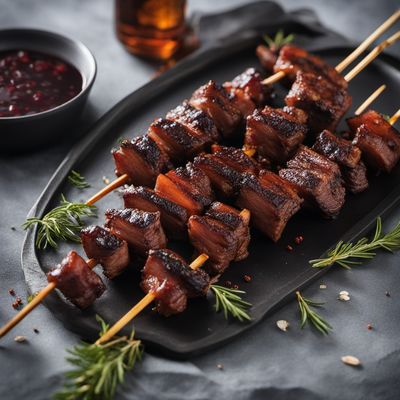
Rocky Mountain Grilled Bison Skewers
Smokey Bison Delight: Grilled Skewers with a Rocky Mountain Twist

Huckleberry Bliss Pie
Indulge in the Delightful Huckleberry Bliss Pie
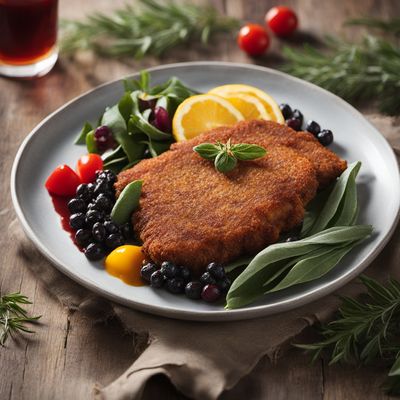
Rocky Mountain Schnitzel
Wilderness Delight: Rocky Mountain Schnitzel
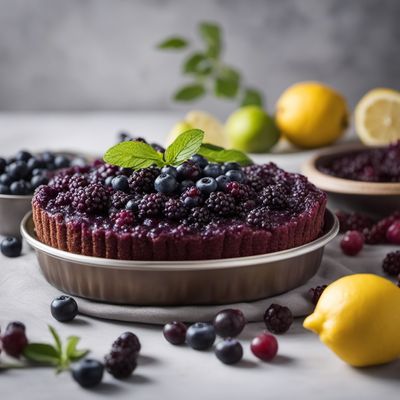
Putian Huckleberry Pie
Tangy and Sweet Putian Huckleberry Pie